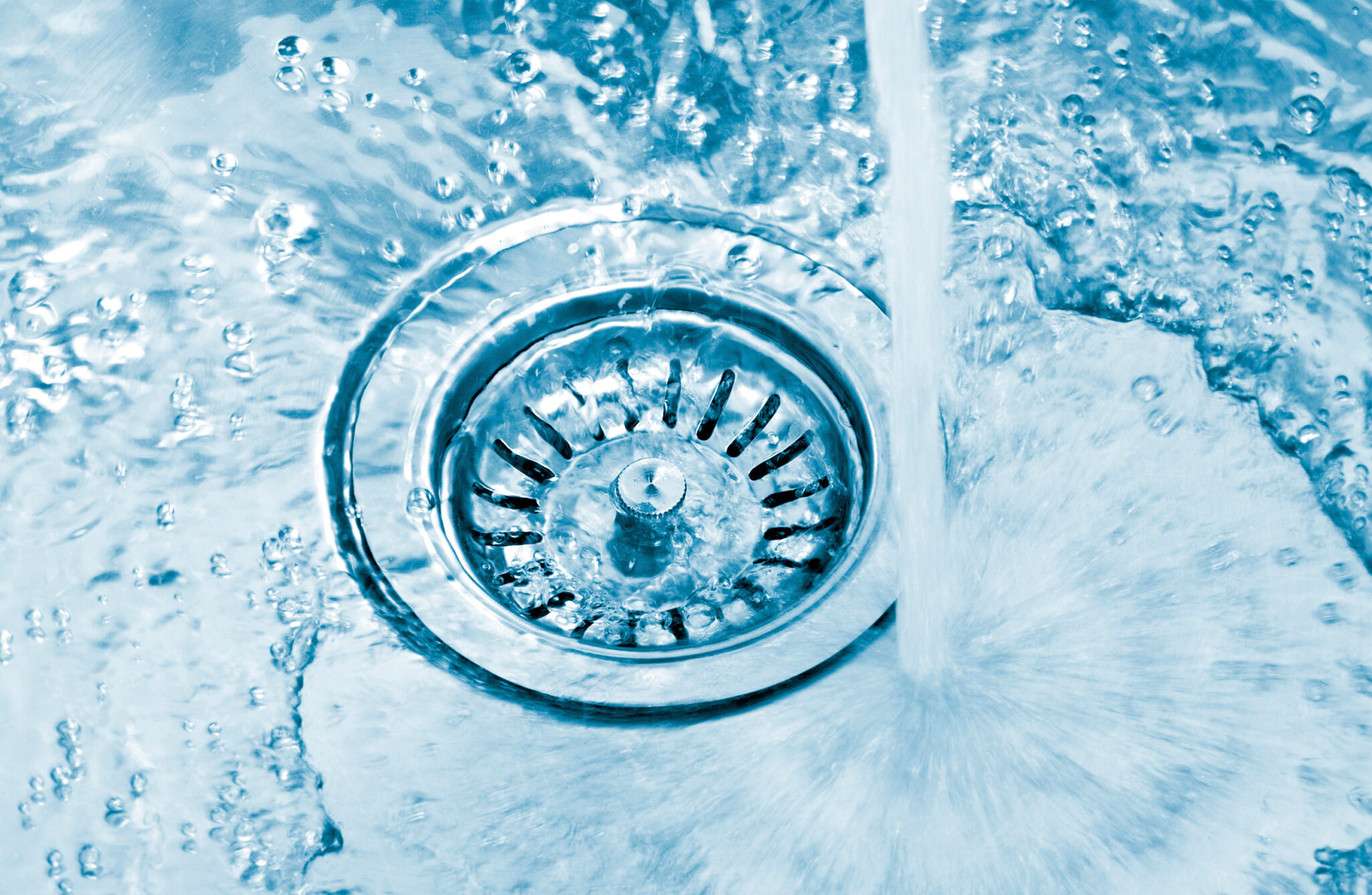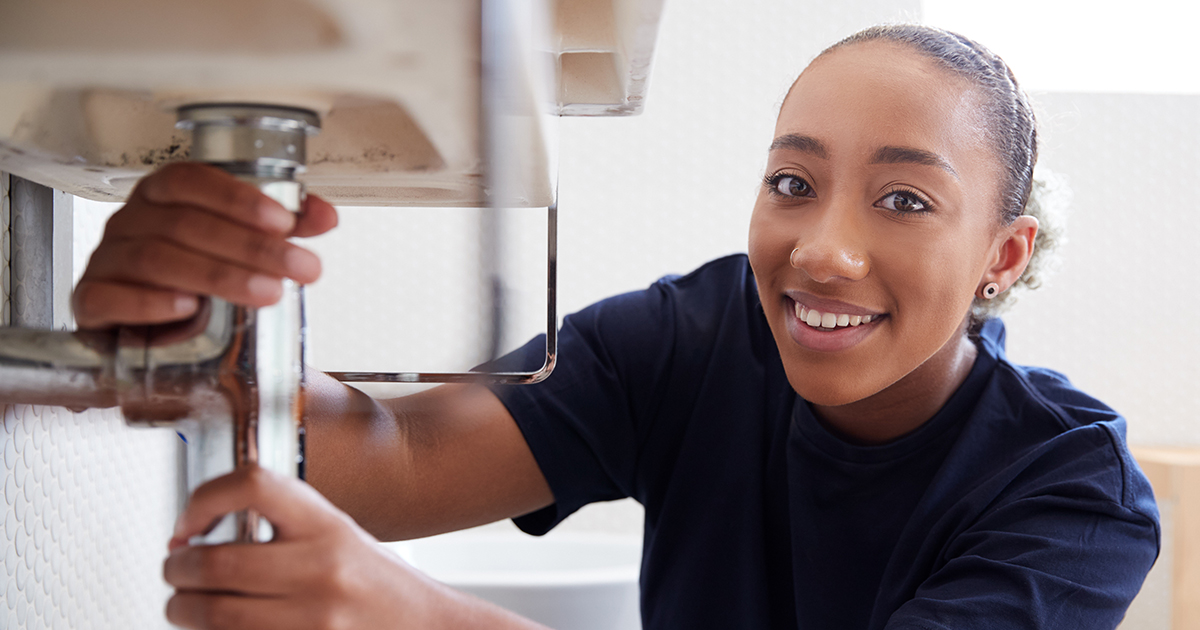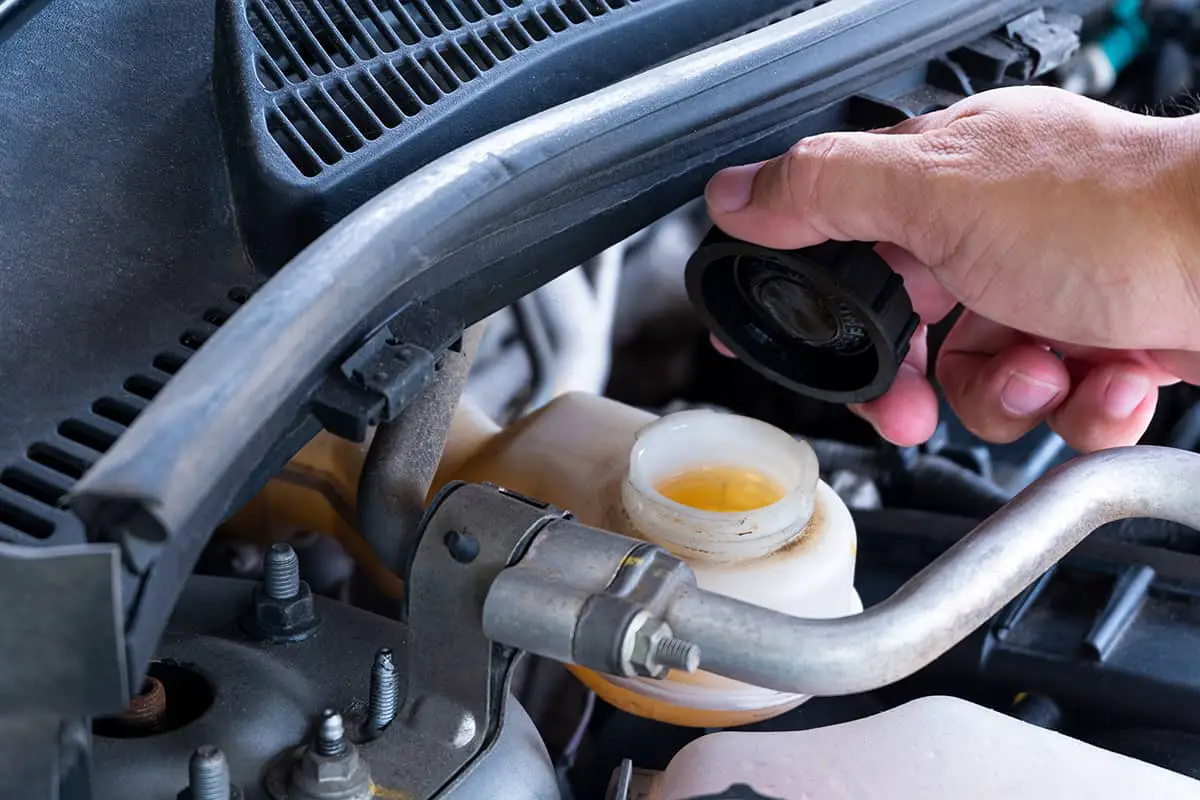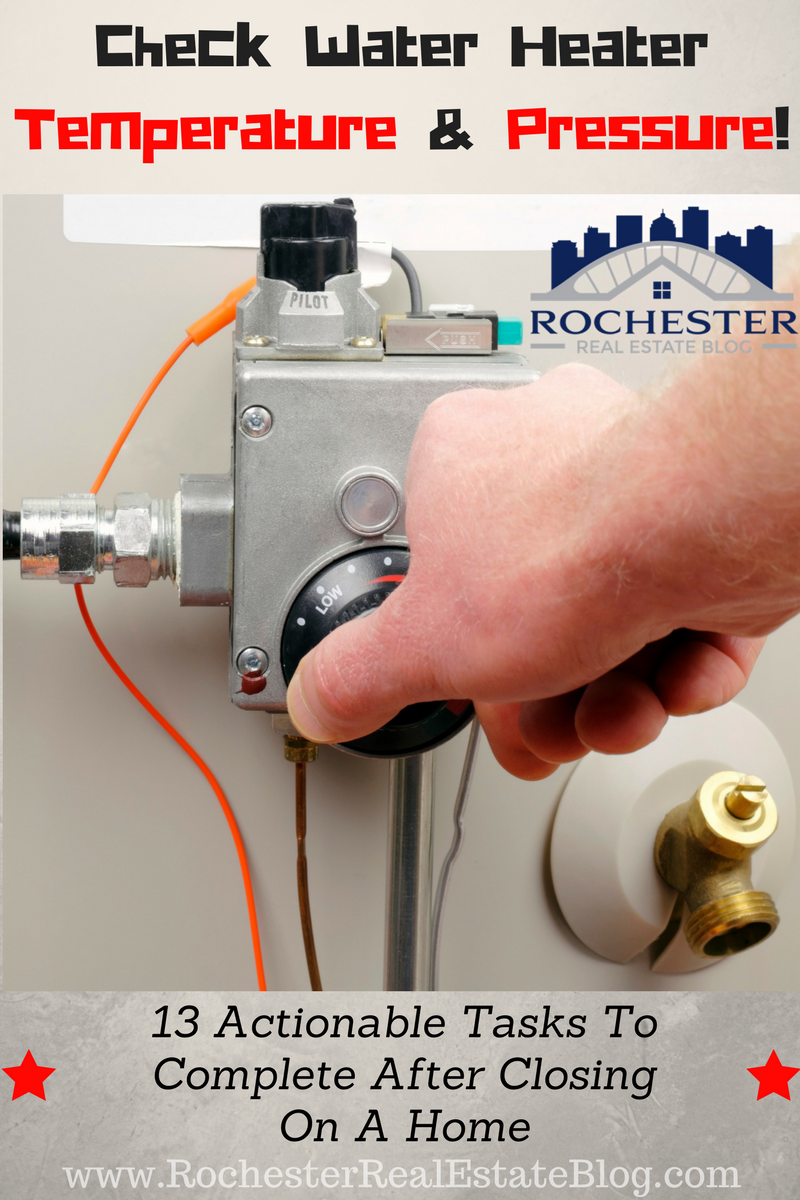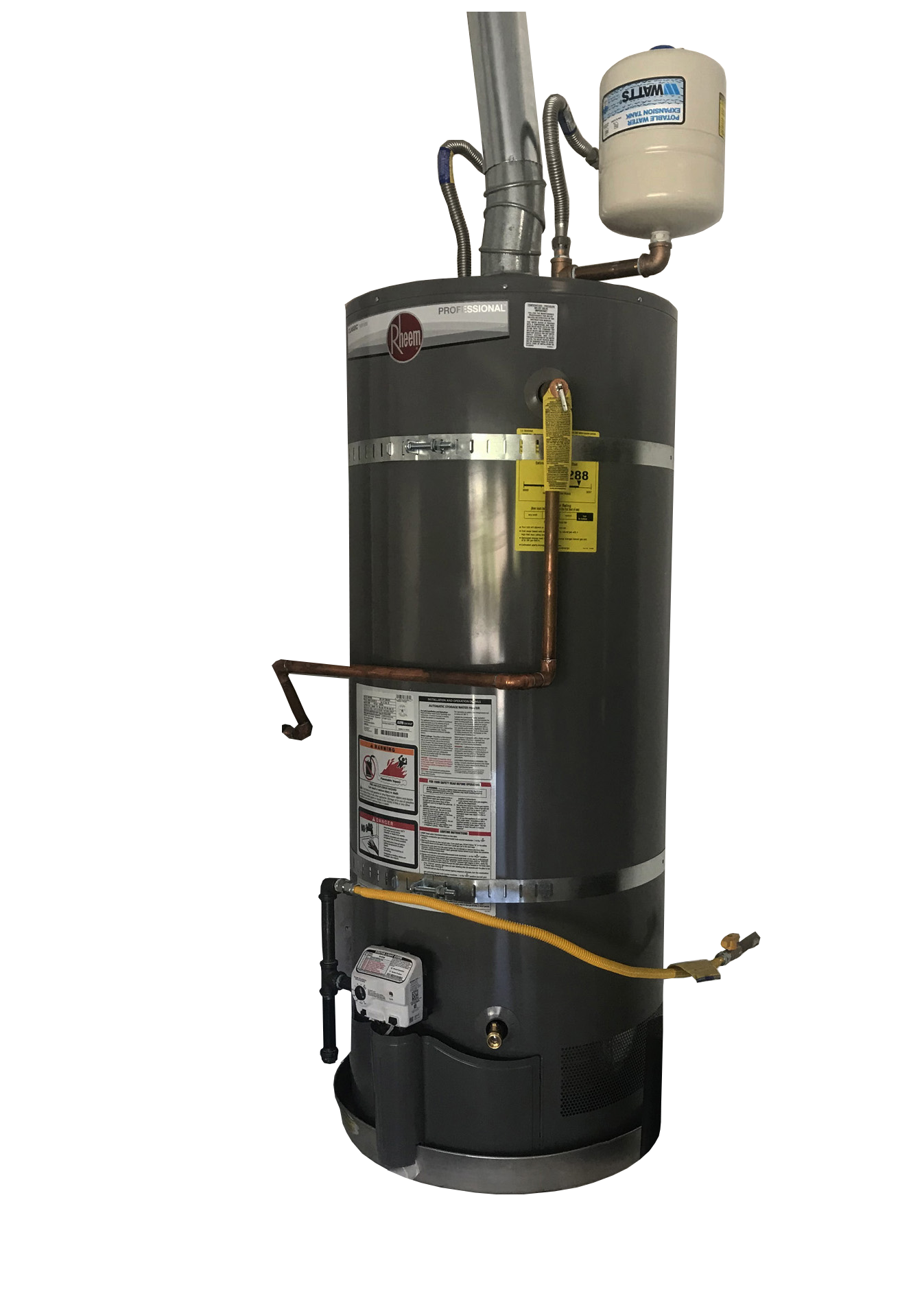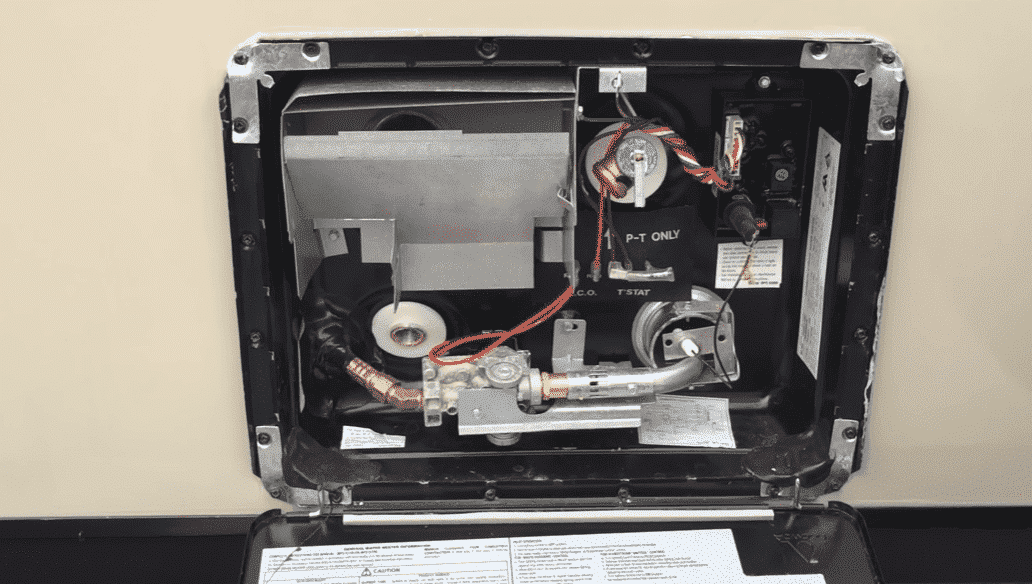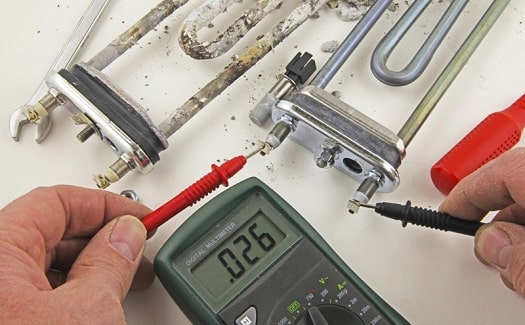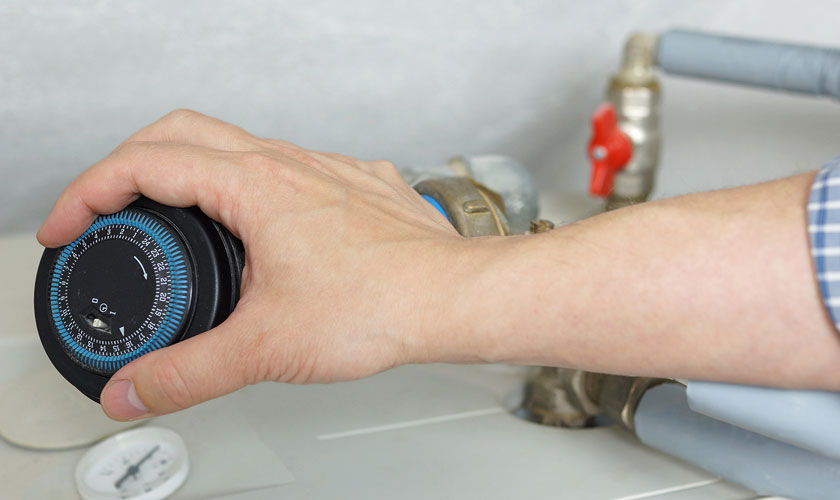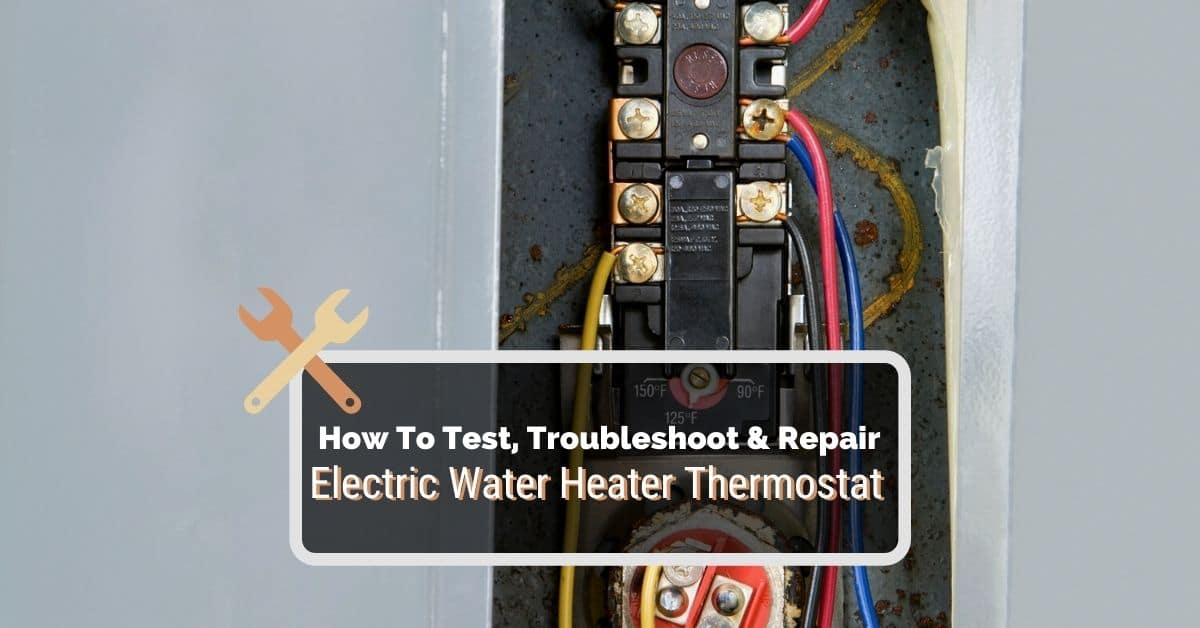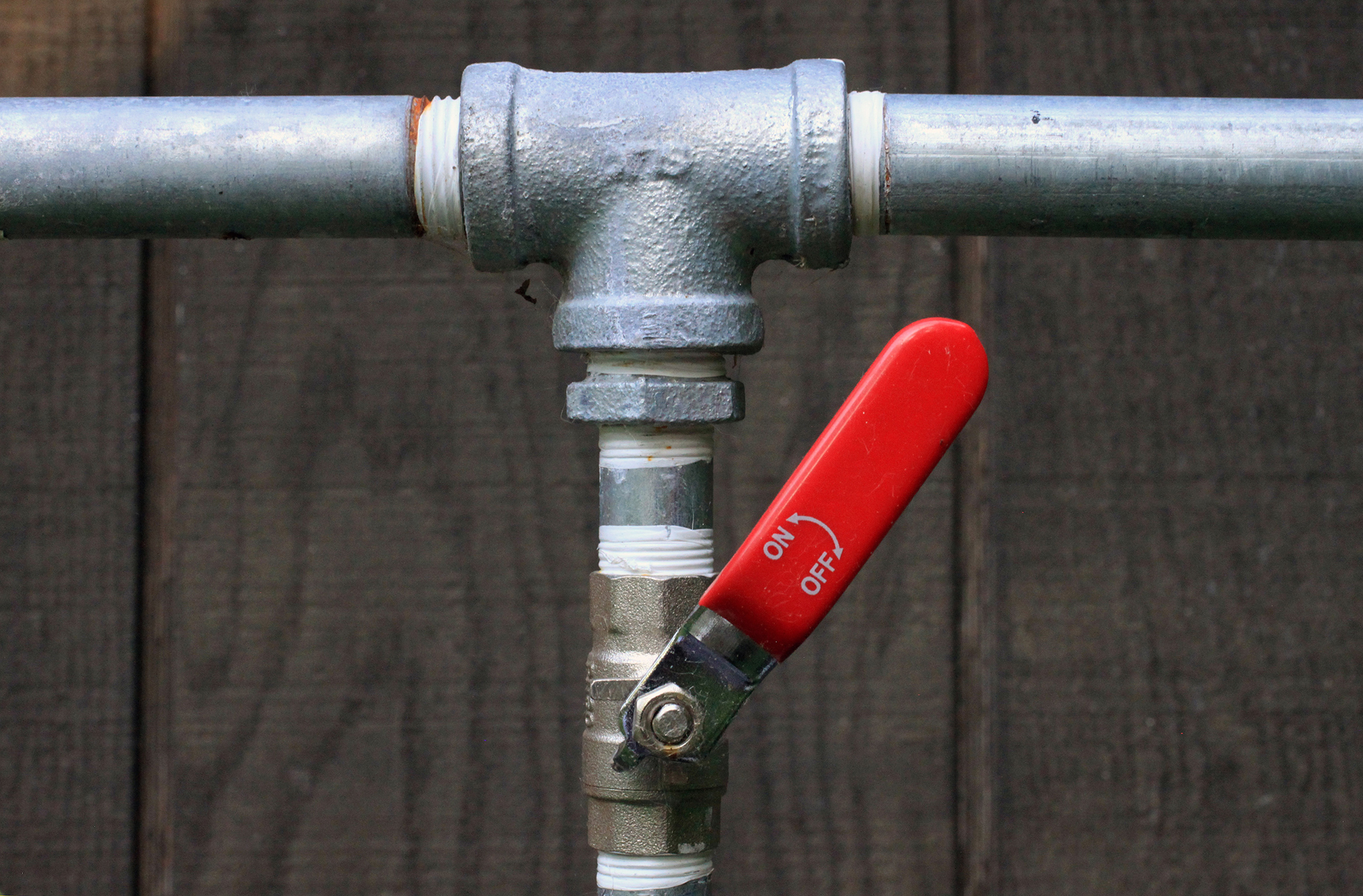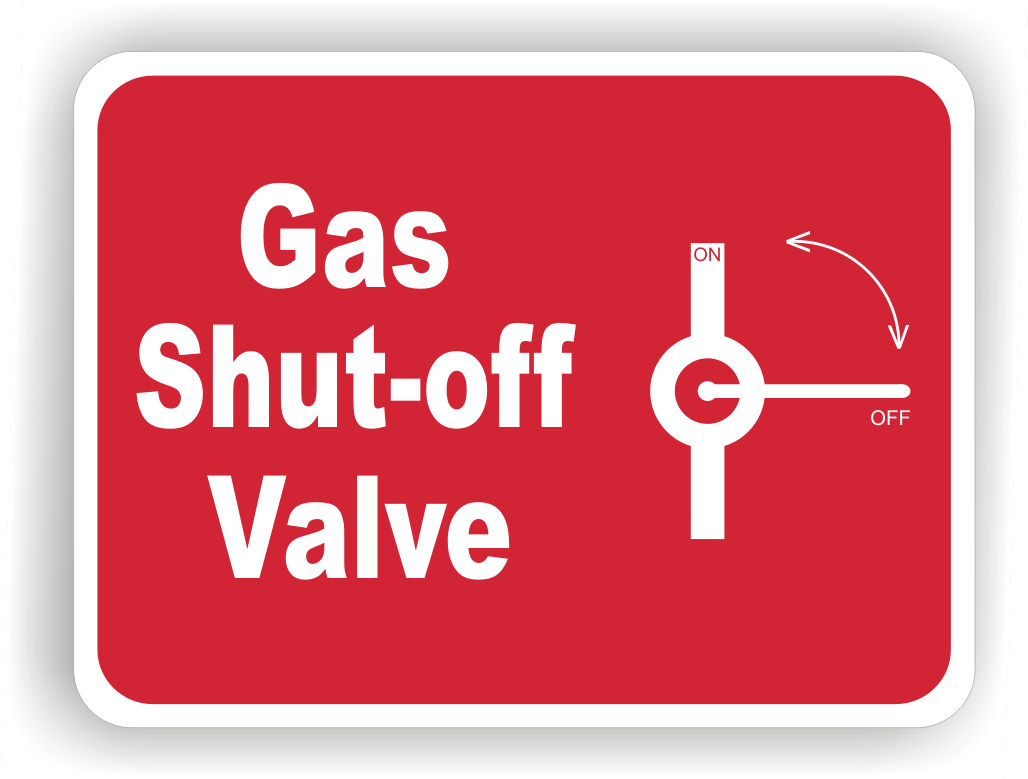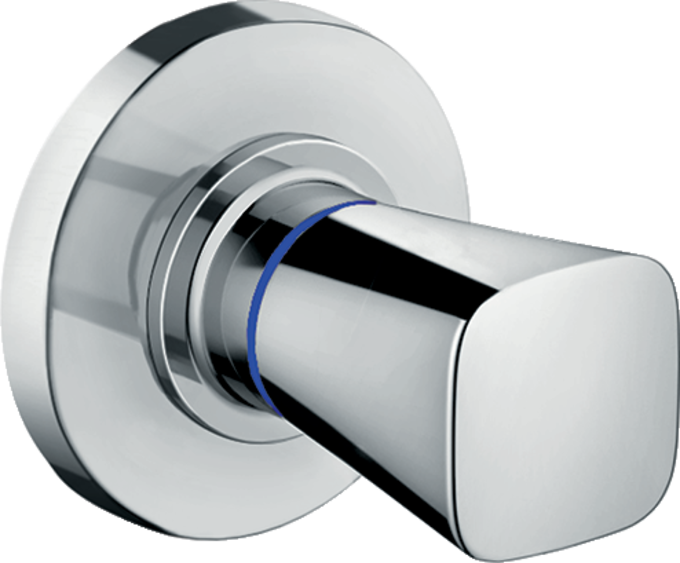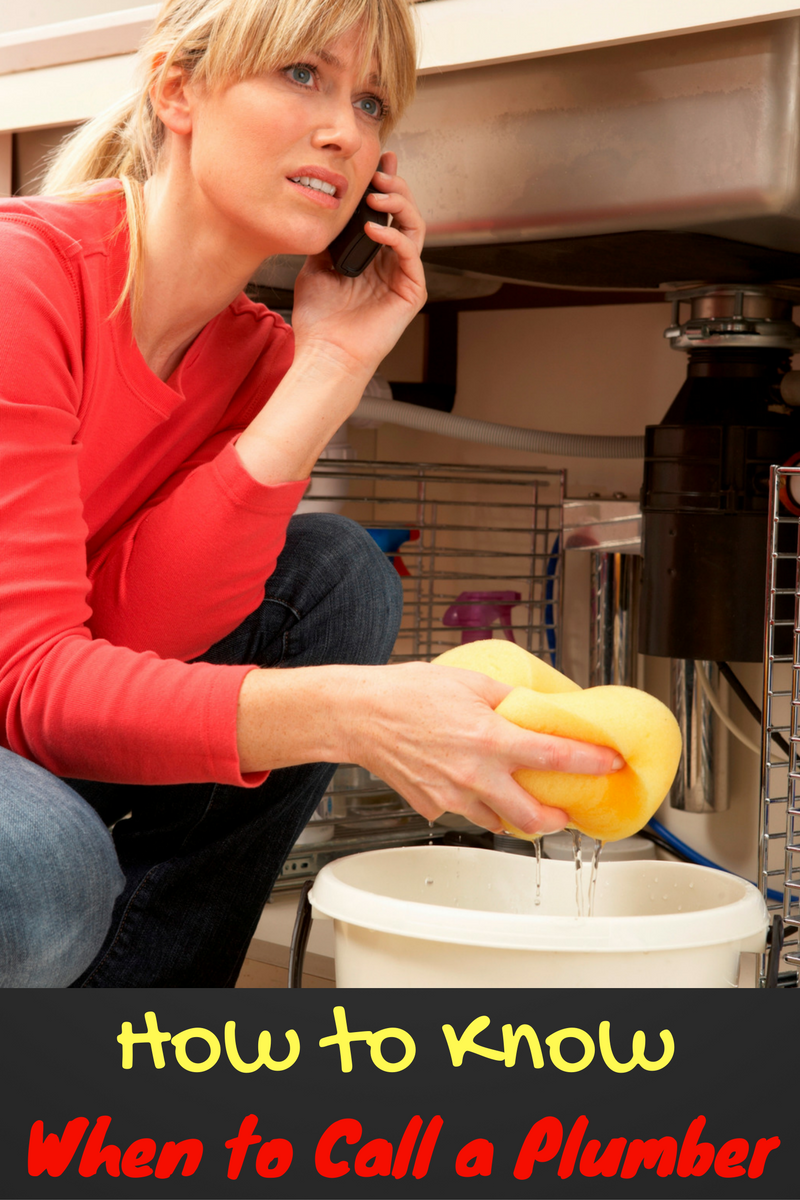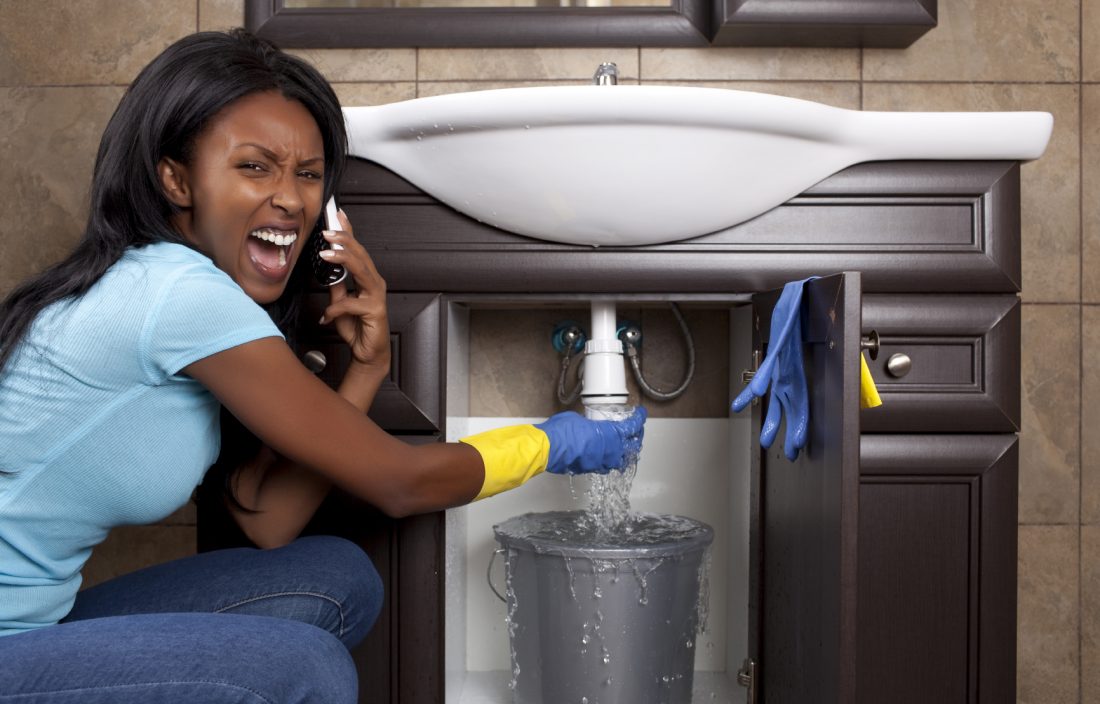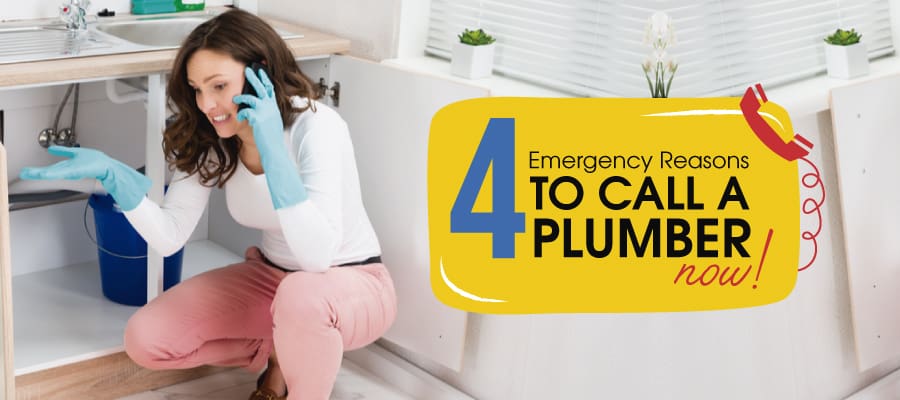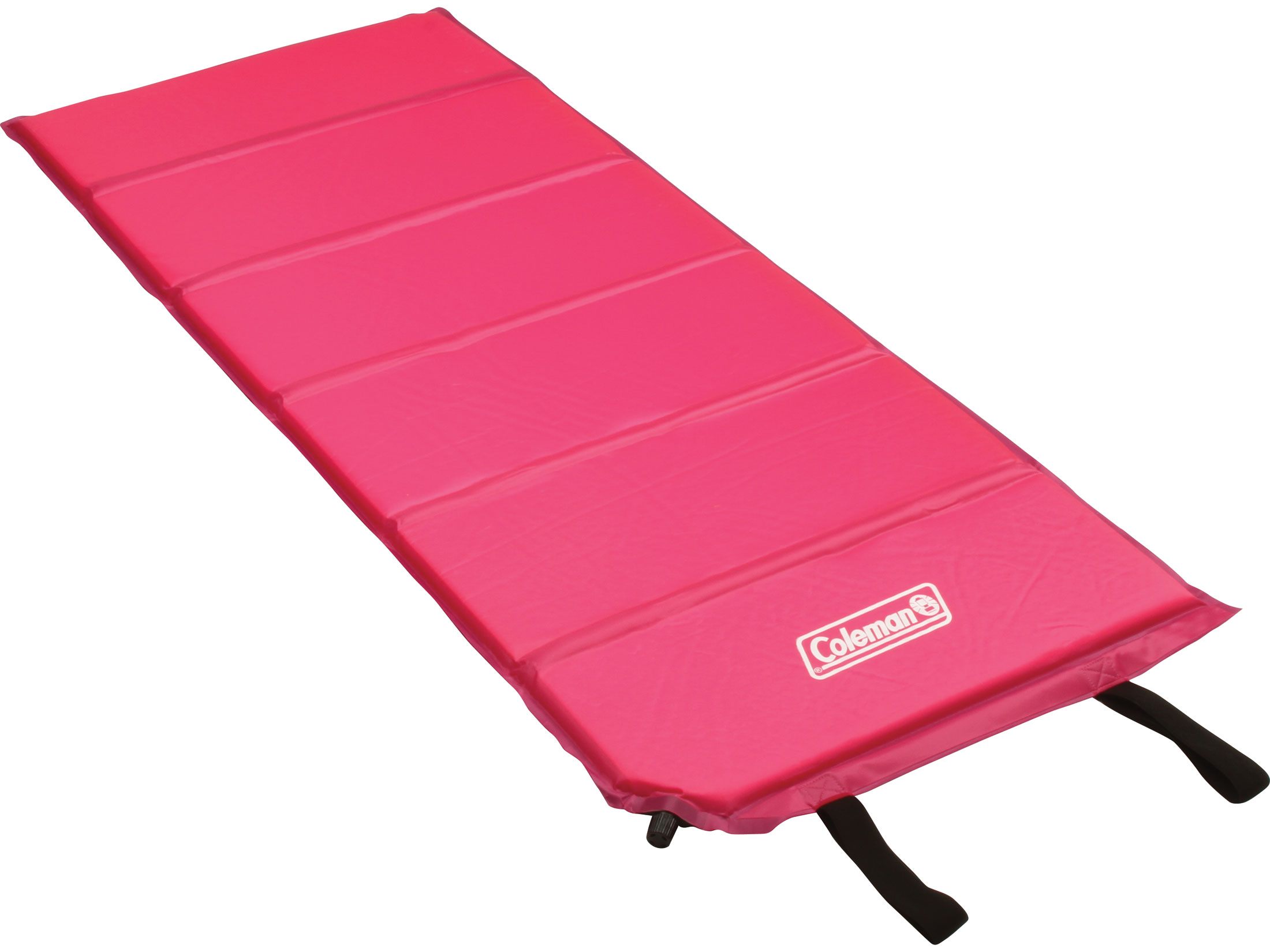If you suddenly find yourself without water in your kitchen sink, the first thing you should check is the water valve. This is the valve that controls the flow of water into your sink. Make sure it is fully open and not partially closed, as this could be the reason for the lack of water. If it is closed, simply turn it counterclockwise to open it up and see if the water starts flowing again.Check the water valve
If the water valve is fully open and you still don't have any water in your kitchen sink, the next step is to check the water supply. This could be an issue with the main water line or a problem with the water supply in your area. You can contact your local water company to see if there are any known issues or disruptions in the water supply. If not, then it could be a problem with your individual water supply line.Check the water supply
Another possible reason for no water in your kitchen sink is a faulty faucet. If the faucet is old or has not been used in a while, it could be clogged with debris or mineral buildup. You can try cleaning the aerator, which is the small screen at the end of the faucet, to see if that improves the water flow. If the faucet is still not functioning properly, it may need to be replaced.Check the faucet
If the faucet and water supply seem to be working fine, the next thing to check is the pipes. Over time, pipes can become clogged with debris, causing water flow issues. You can try using a plunger to clear any clogs or using a pipe snake to remove any blockages. If the problem persists, it may be necessary to call a plumber to inspect and repair the pipes.Check the pipes
Clogs are a common cause of no water in the kitchen sink. In addition to checking the pipes, you should also check for clogs in the sink itself. Remove the drain cover and inspect for any buildup of food particles or other debris. You can use a plunger or a pipe snake to clear any clogs and restore water flow.Check for clogs
If you have low water pressure in your kitchen sink, it could be due to a problem with the water pressure regulator. This device controls the flow of water into your home and can become damaged or malfunction over time. You can check the water pressure by attaching a pressure gauge to the faucet and turning on the water. If the pressure is below 40-45 psi, it may be time to replace the regulator.Check the water pressure
Leaks in your pipes or faucet can also lead to a lack of water in your kitchen sink. Inspect all visible pipes for any signs of leaks, such as dripping water or water stains. You can also check the faucet for any leaks by turning off the water supply and seeing if any water is still dripping from the faucet. If you find any leaks, it is important to fix them as soon as possible to avoid further damage.Check for leaks
If your kitchen sink is not getting any hot water, it could be a problem with the water heater. Make sure the water heater is turned on and functioning properly. If the water heater is not working, it could be due to a variety of reasons such as a faulty thermostat or a buildup of sediment in the tank. It is best to consult a professional plumber to diagnose and repair any issues with the water heater.Check the water heater
Every sink has a shut-off valve that controls the flow of water to that specific fixture. If you have no water in your kitchen sink, it is possible that the shut-off valve has been accidentally turned off. Check to make sure the valve is fully open and if not, turn it counterclockwise to open it up. If the valve is damaged or malfunctioning, it may need to be replaced.Check the shut-off valve
If you have tried all of the above steps and still have no water in your kitchen sink, it may be time to call a professional plumber. They will have the expertise and equipment to properly diagnose and fix any underlying issues causing the lack of water. It is always best to address plumbing problems as soon as possible to prevent further damage and inconvenience.Call a plumber
Why You Might Have No Water in Your Kitchen Sink

The Importance of Water in a Kitchen
 Water is an essential element in any kitchen, whether it's for cooking, cleaning, or drinking. It's a basic necessity that we often take for granted until it's no longer available. So when you turn on your kitchen sink and find that there is no water coming out, it can be frustrating and inconvenient. Not only can it disrupt your daily routine, but it can also indicate a larger issue with your house's plumbing system. In this article, we will discuss some common reasons why you might have no water in your kitchen sink and how to address them.
Water is an essential element in any kitchen, whether it's for cooking, cleaning, or drinking. It's a basic necessity that we often take for granted until it's no longer available. So when you turn on your kitchen sink and find that there is no water coming out, it can be frustrating and inconvenient. Not only can it disrupt your daily routine, but it can also indicate a larger issue with your house's plumbing system. In this article, we will discuss some common reasons why you might have no water in your kitchen sink and how to address them.
Clogged Pipes
 One of the most common reasons for no water in the kitchen sink is clogged pipes. Over time, debris such as food scraps, grease, and soap scum can build up in your pipes, causing blockages. This can prevent water from flowing freely through the pipes and ultimately lead to a backup or no water at all. If you notice that your kitchen sink is draining slowly or not at all, it's a clear sign that there is a clog in your pipes. Using a plunger or a plumbing snake can often clear the blockage and restore water flow. However, for more stubborn clogs, it's best to call a professional plumber for assistance.
One of the most common reasons for no water in the kitchen sink is clogged pipes. Over time, debris such as food scraps, grease, and soap scum can build up in your pipes, causing blockages. This can prevent water from flowing freely through the pipes and ultimately lead to a backup or no water at all. If you notice that your kitchen sink is draining slowly or not at all, it's a clear sign that there is a clog in your pipes. Using a plunger or a plumbing snake can often clear the blockage and restore water flow. However, for more stubborn clogs, it's best to call a professional plumber for assistance.
Broken Water Supply Line
 Another reason for no water in your kitchen sink could be a broken water supply line. This is the pipe that connects your sink to the main water supply of your house. If this line is damaged, it can cause a water leak and interrupt the flow of water to your sink. Signs of a broken water supply line include low water pressure, water discoloration, and wet spots under your sink. It's essential to address this issue promptly as it can lead to further damage and higher water bills. A professional plumber can repair or replace the water supply line to restore water flow to your kitchen sink.
Another reason for no water in your kitchen sink could be a broken water supply line. This is the pipe that connects your sink to the main water supply of your house. If this line is damaged, it can cause a water leak and interrupt the flow of water to your sink. Signs of a broken water supply line include low water pressure, water discoloration, and wet spots under your sink. It's essential to address this issue promptly as it can lead to further damage and higher water bills. A professional plumber can repair or replace the water supply line to restore water flow to your kitchen sink.
Water Shut-Off Valve
 Sometimes, the reason for no water in your kitchen sink is a simple oversight – the water shut-off valve is closed. This valve, usually located under the sink, controls the flow of water to your sink. If it is accidentally turned off, you will have no water in your sink. It's a good idea to check the shut-off valve if you notice a sudden absence of water in your kitchen sink. If the valve is closed, simply turning it back on should restore water flow.
Sometimes, the reason for no water in your kitchen sink is a simple oversight – the water shut-off valve is closed. This valve, usually located under the sink, controls the flow of water to your sink. If it is accidentally turned off, you will have no water in your sink. It's a good idea to check the shut-off valve if you notice a sudden absence of water in your kitchen sink. If the valve is closed, simply turning it back on should restore water flow.
Conclusion
 Having no water in your kitchen sink can be a frustrating and unexpected problem. However, by understanding some common reasons for this issue, you can take the necessary steps to address it. Whether it's a simple clog or a more complex plumbing issue, it's always best to consult with a professional plumber for proper diagnosis and repair. Remember to regularly maintain your plumbing system to prevent any future disruptions in water flow to your kitchen sink. With proper care, you can ensure that your kitchen will always have a steady supply of water for all your needs.
Having no water in your kitchen sink can be a frustrating and unexpected problem. However, by understanding some common reasons for this issue, you can take the necessary steps to address it. Whether it's a simple clog or a more complex plumbing issue, it's always best to consult with a professional plumber for proper diagnosis and repair. Remember to regularly maintain your plumbing system to prevent any future disruptions in water flow to your kitchen sink. With proper care, you can ensure that your kitchen will always have a steady supply of water for all your needs.


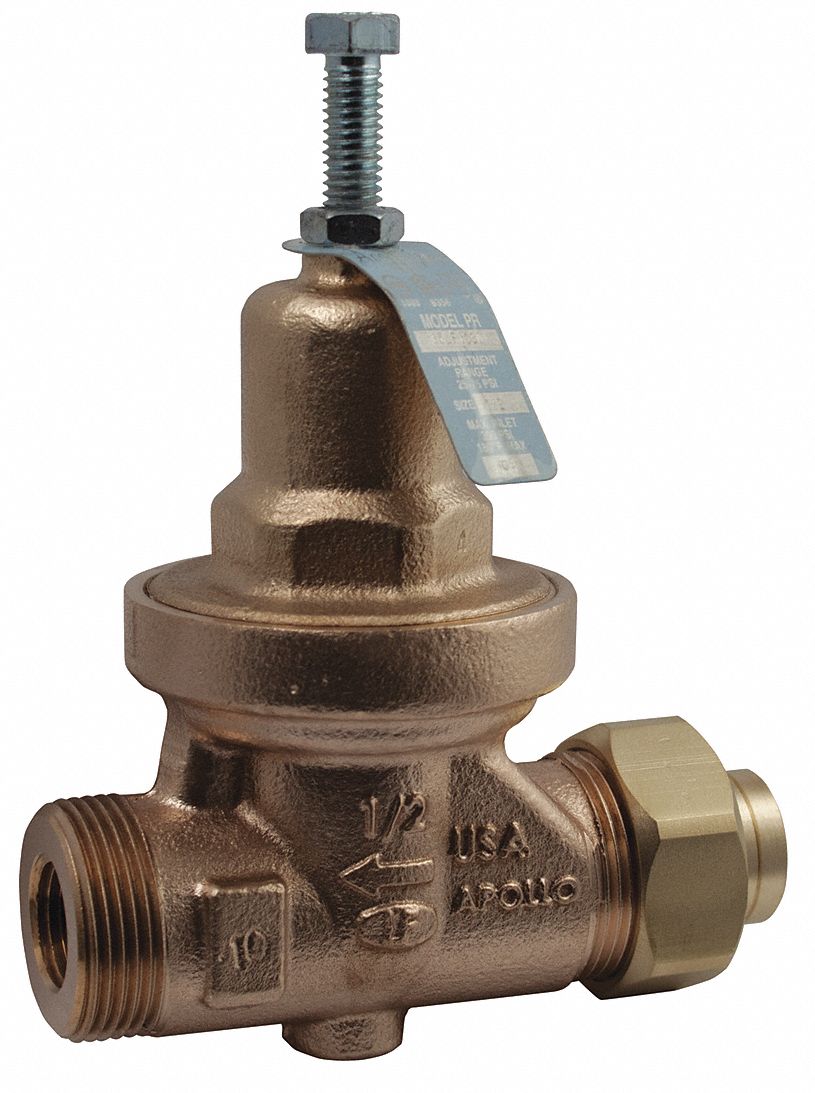
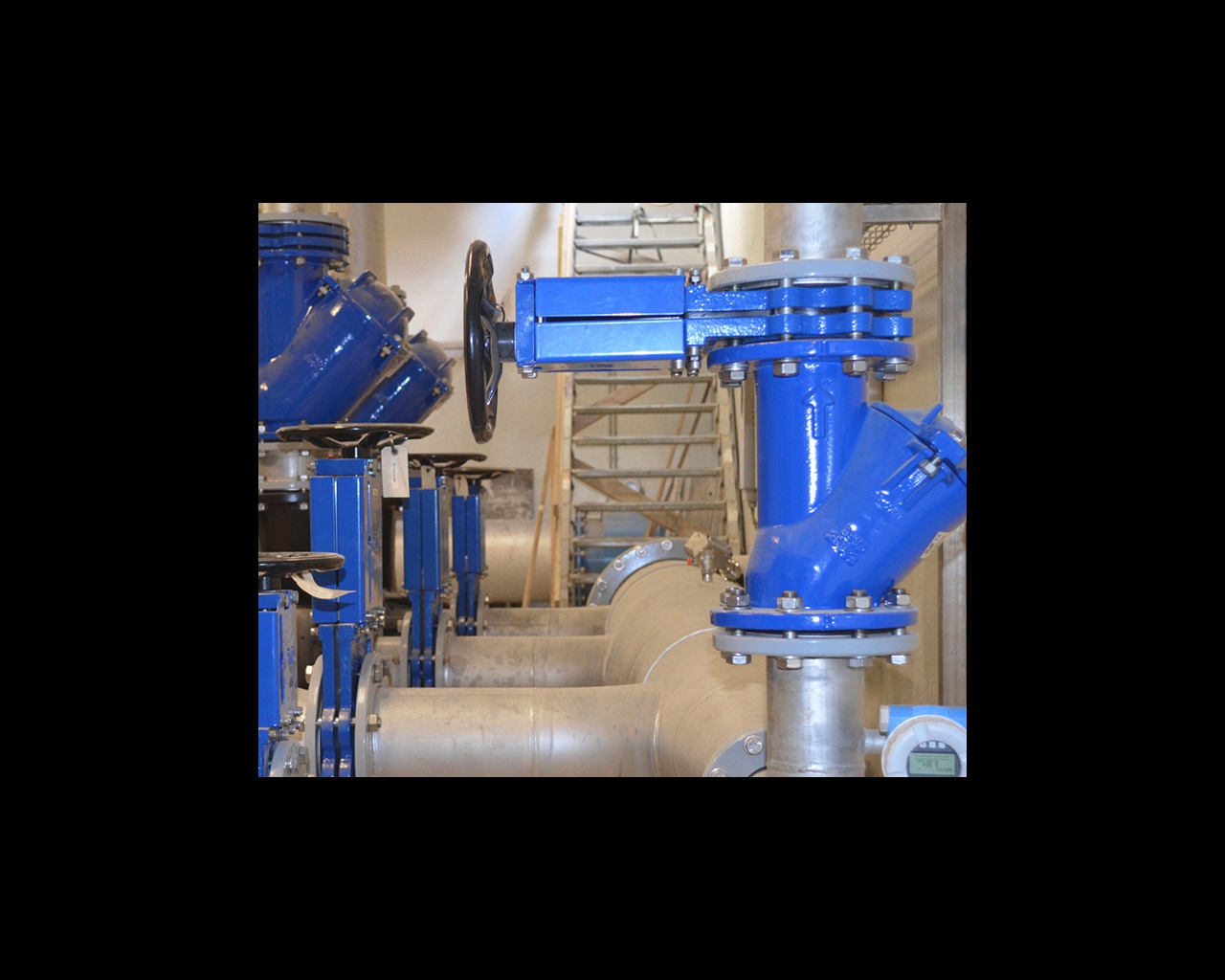



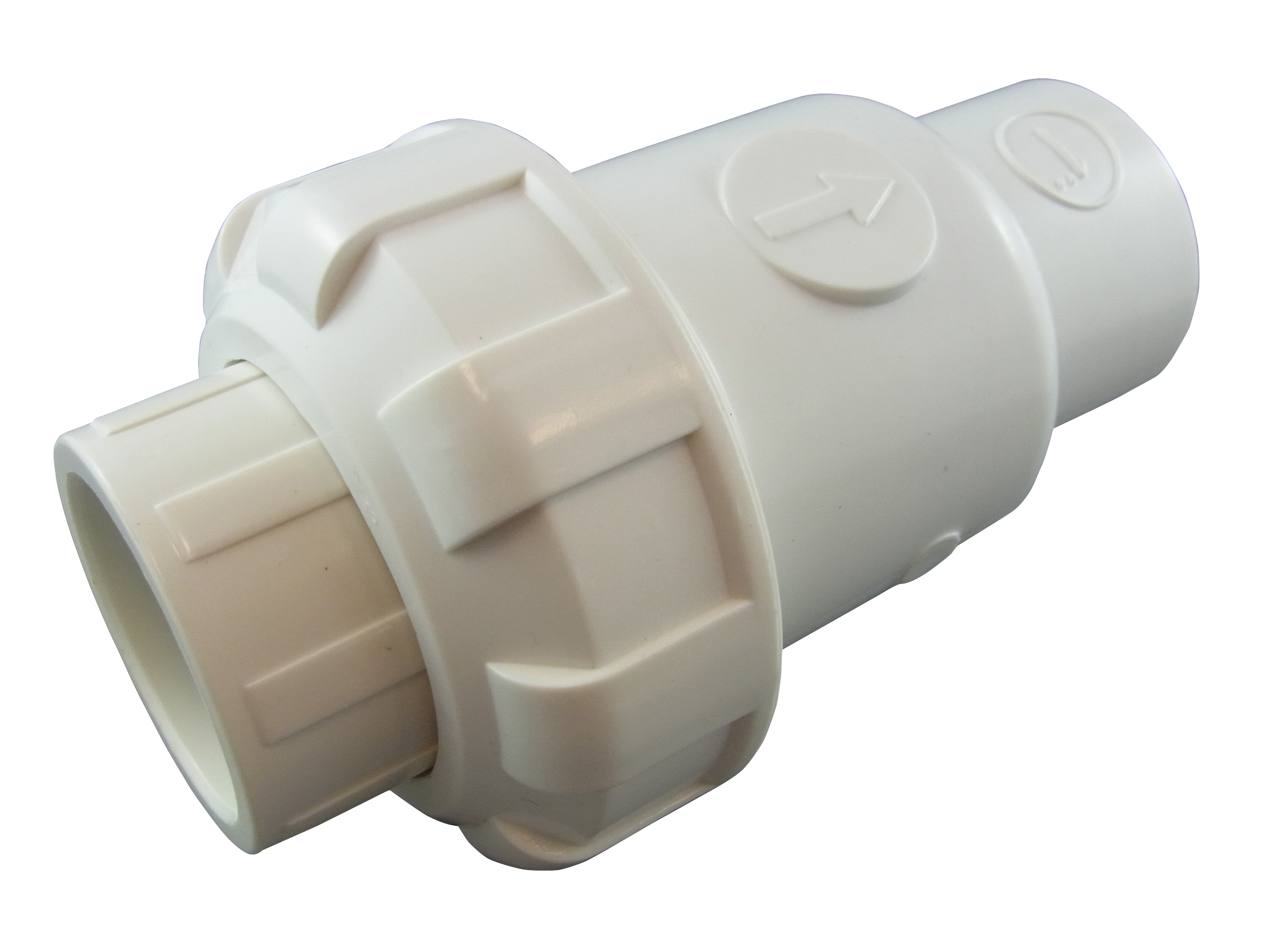
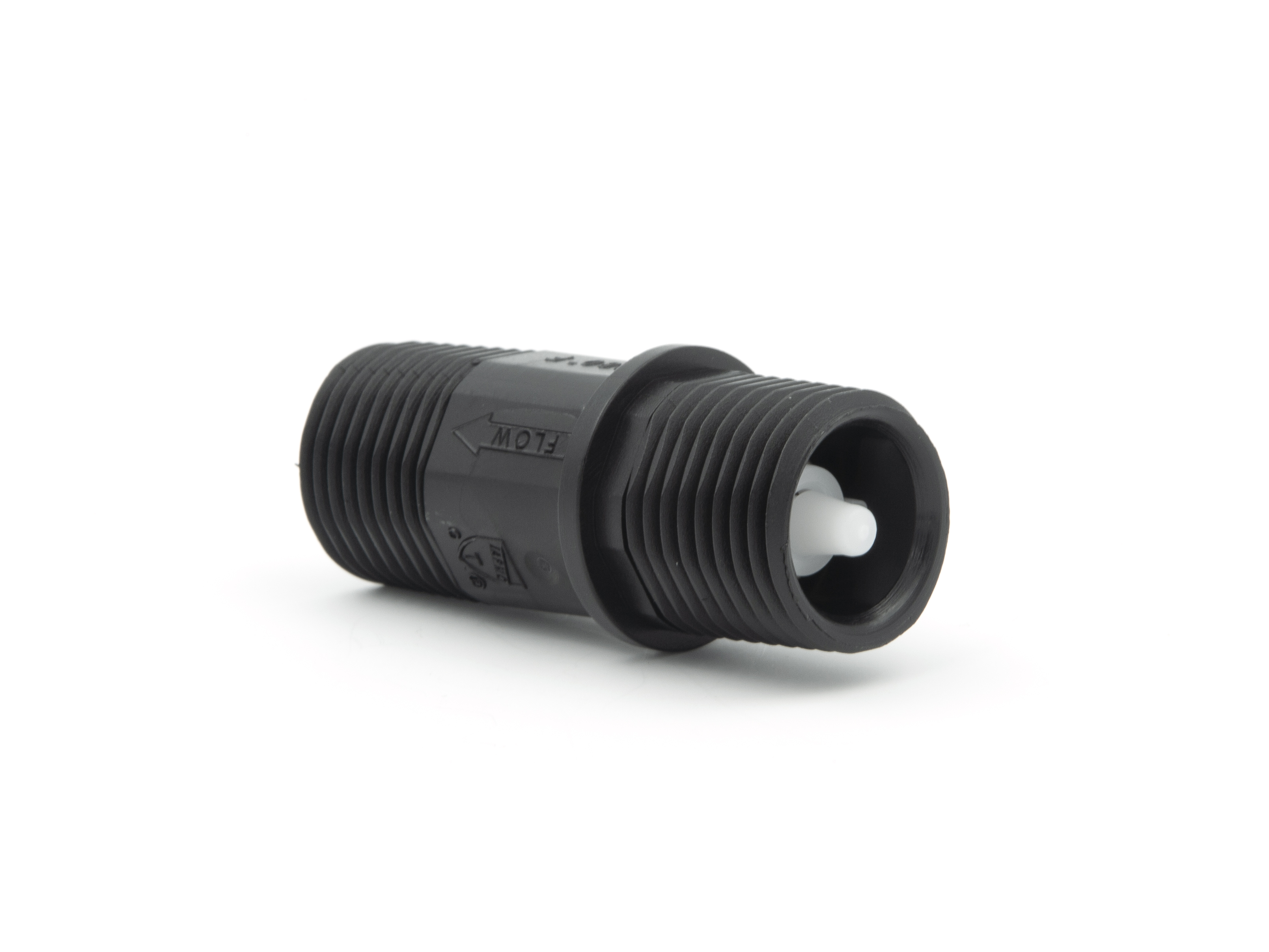

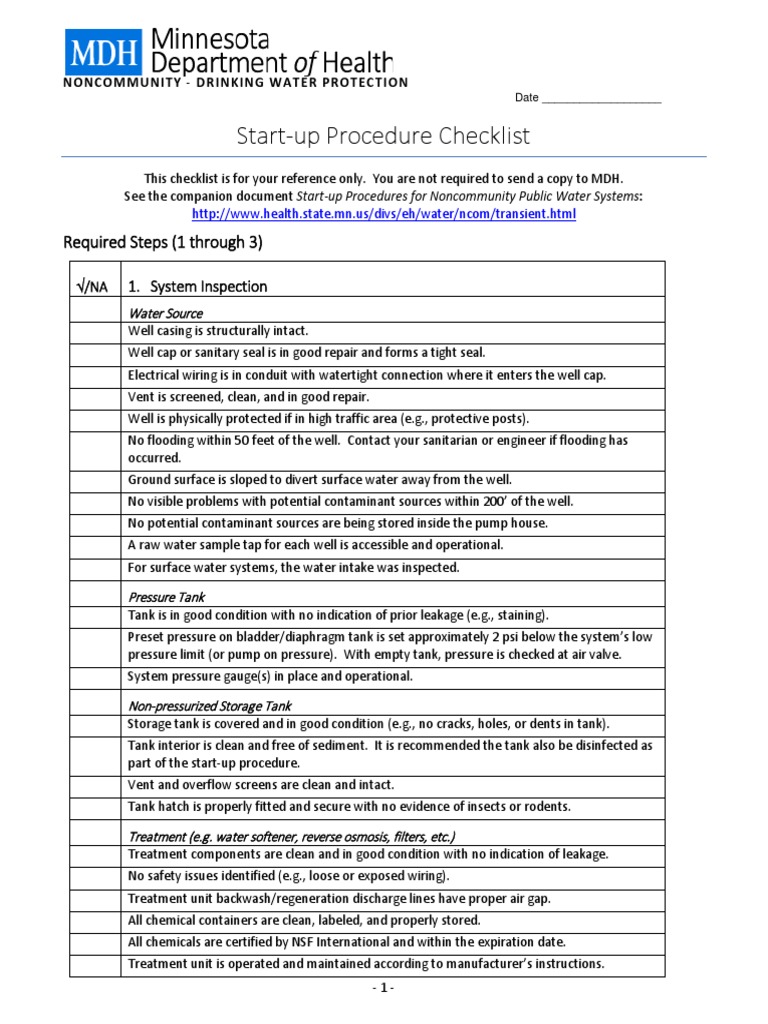

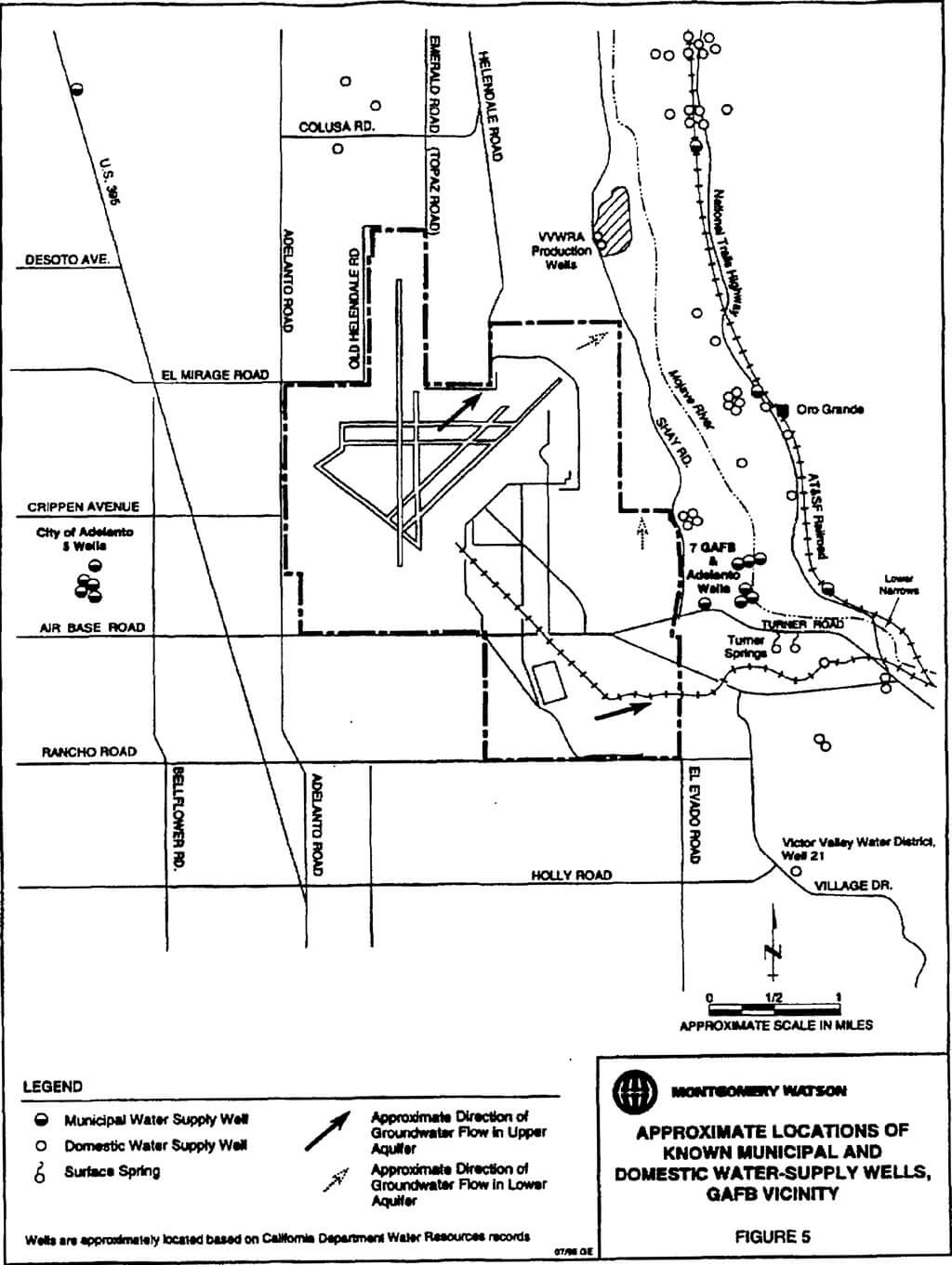
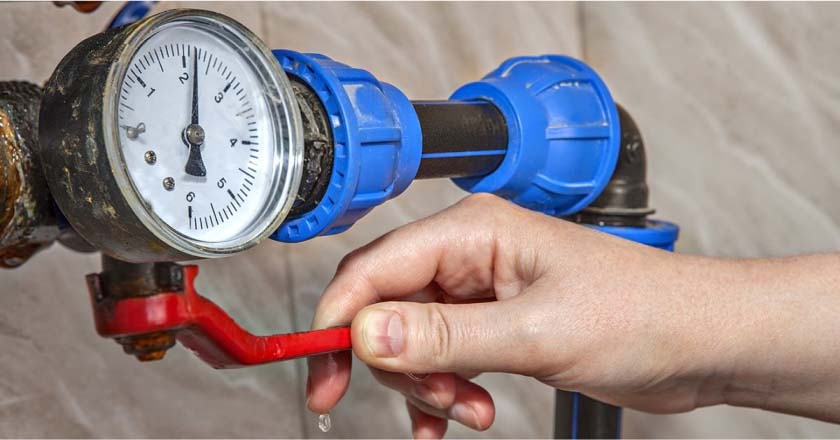
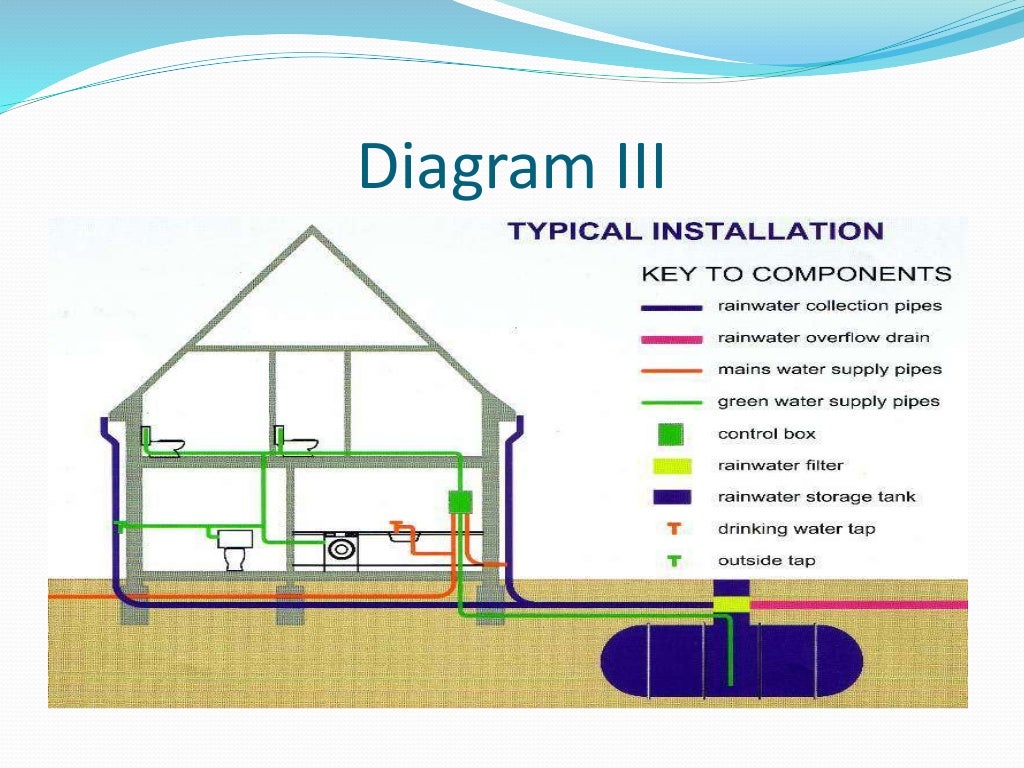


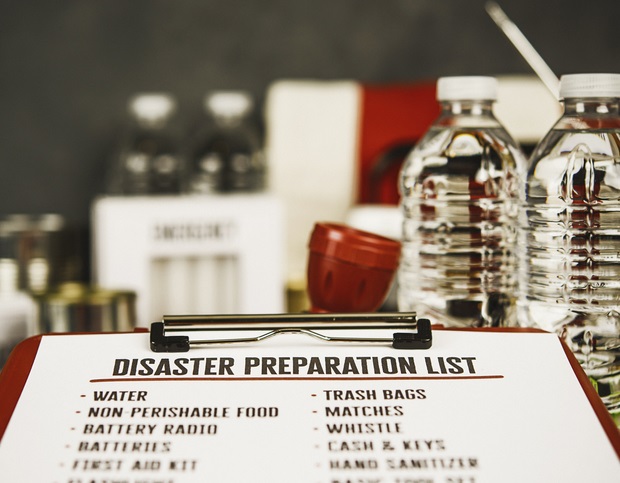


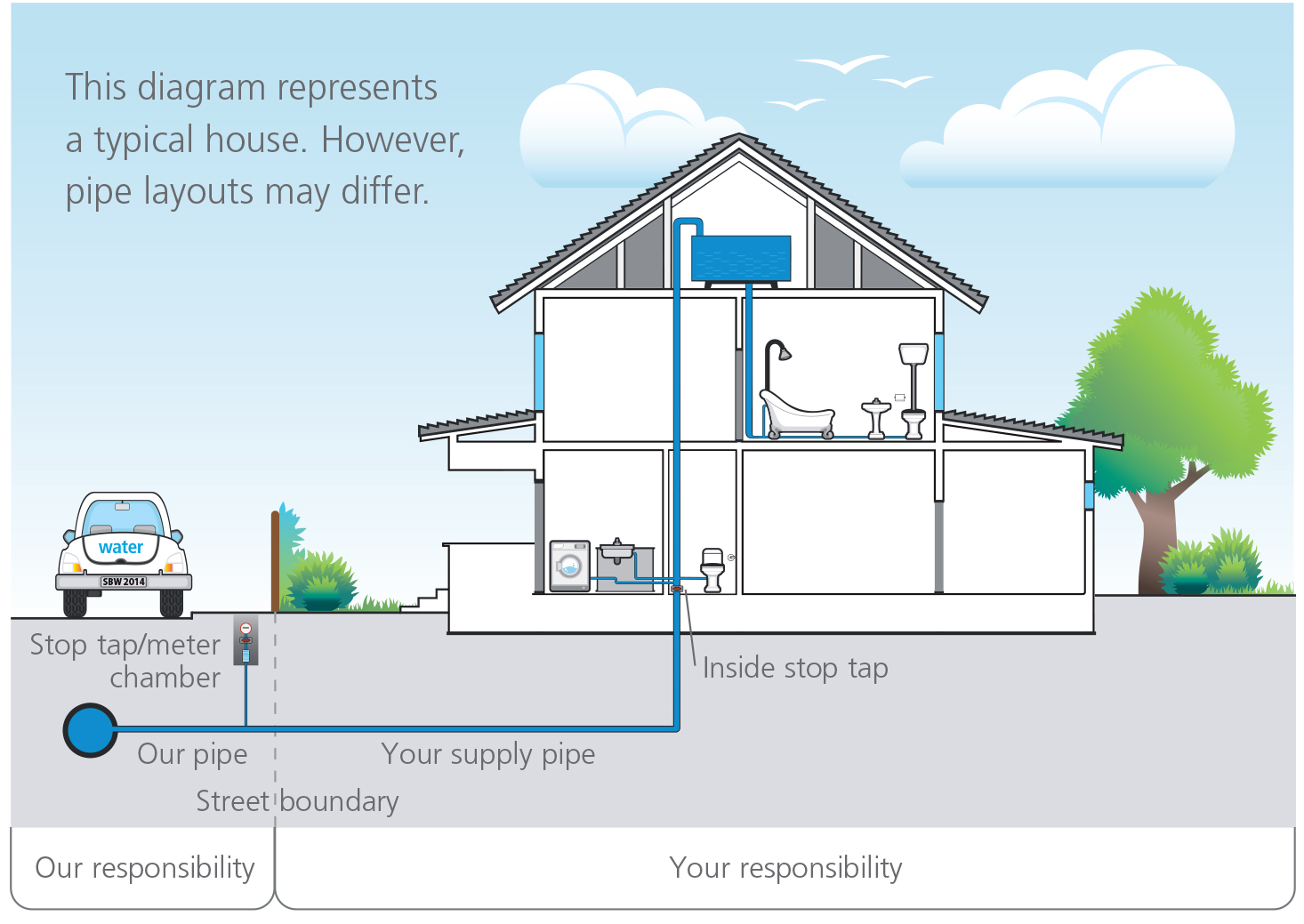
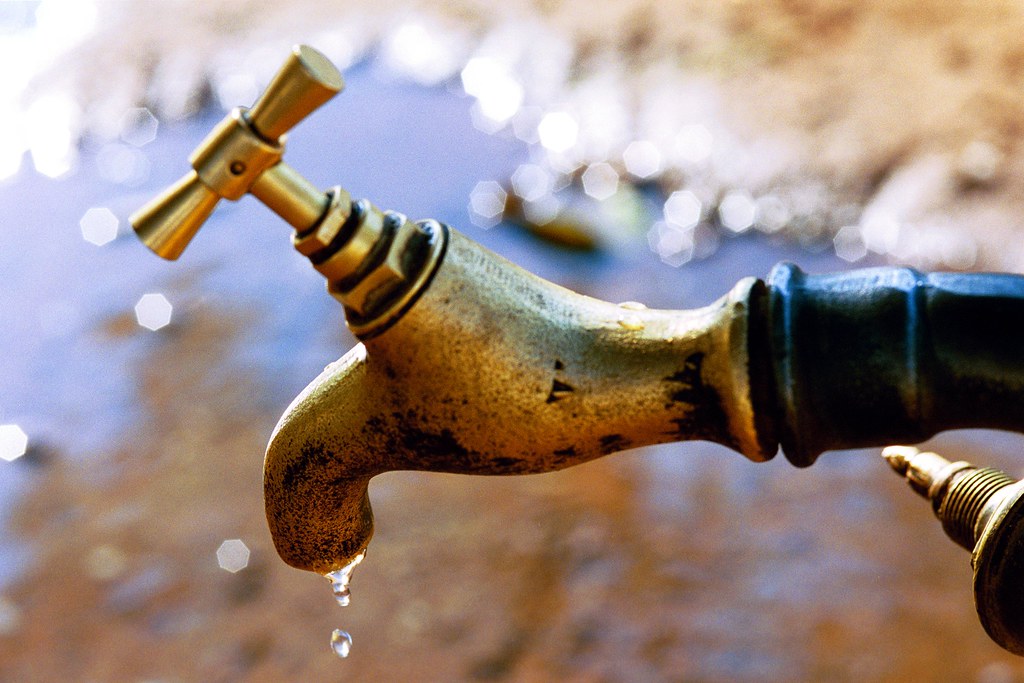
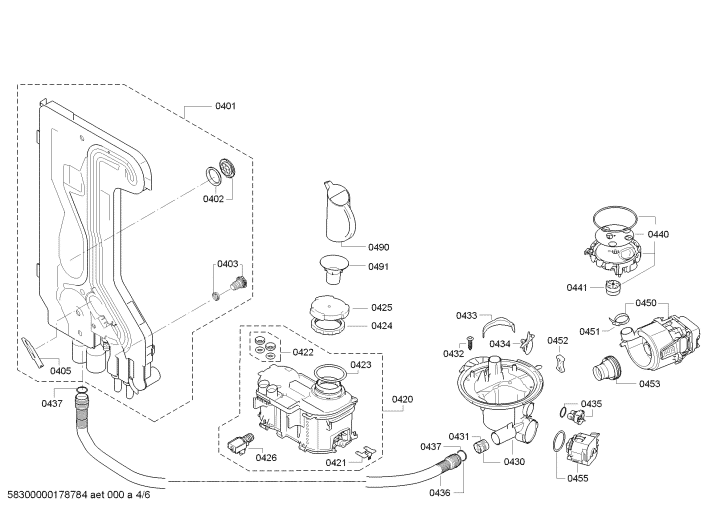




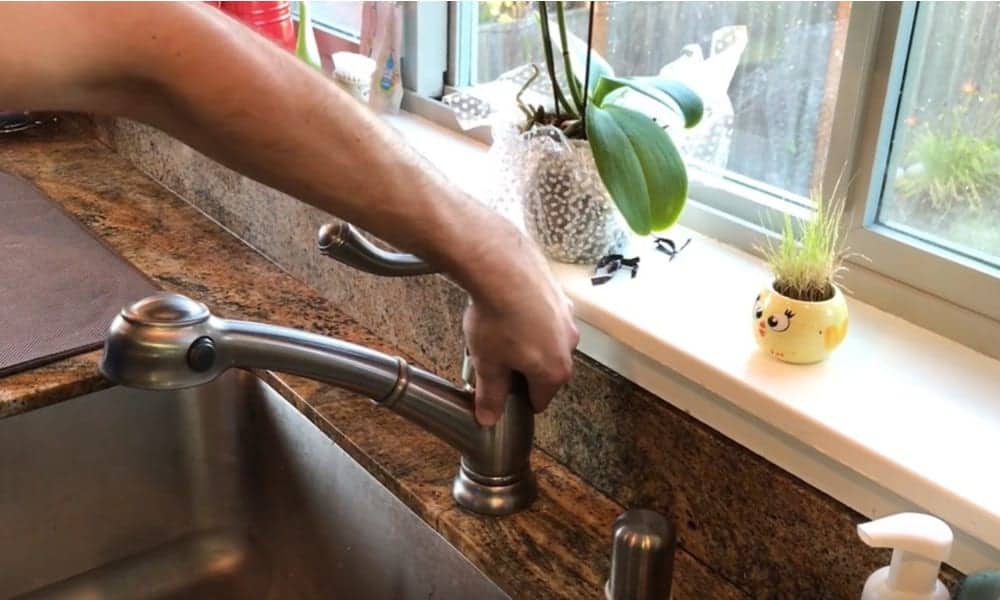



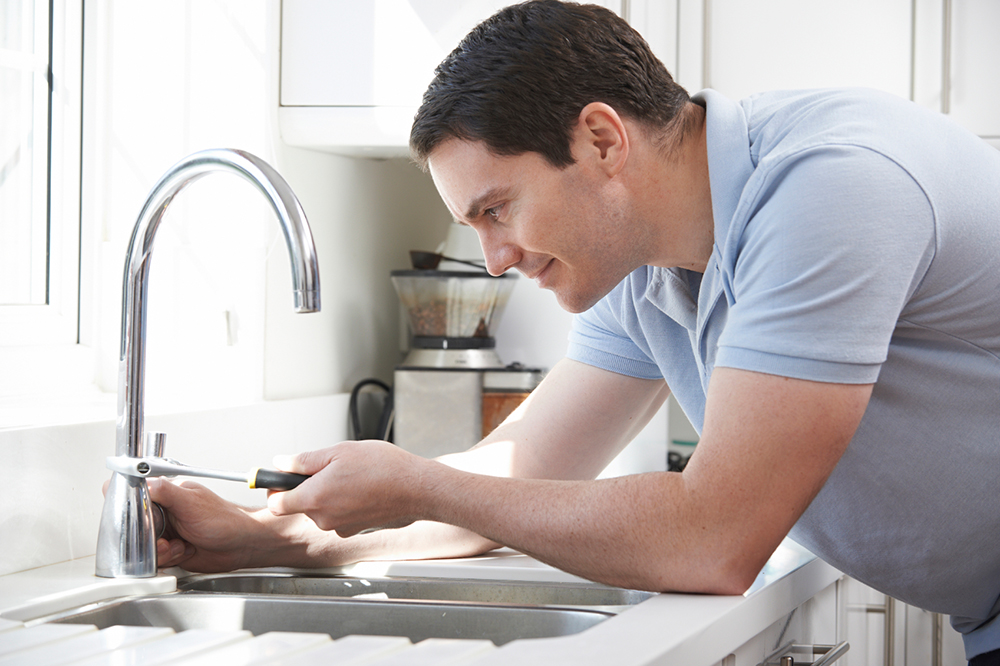

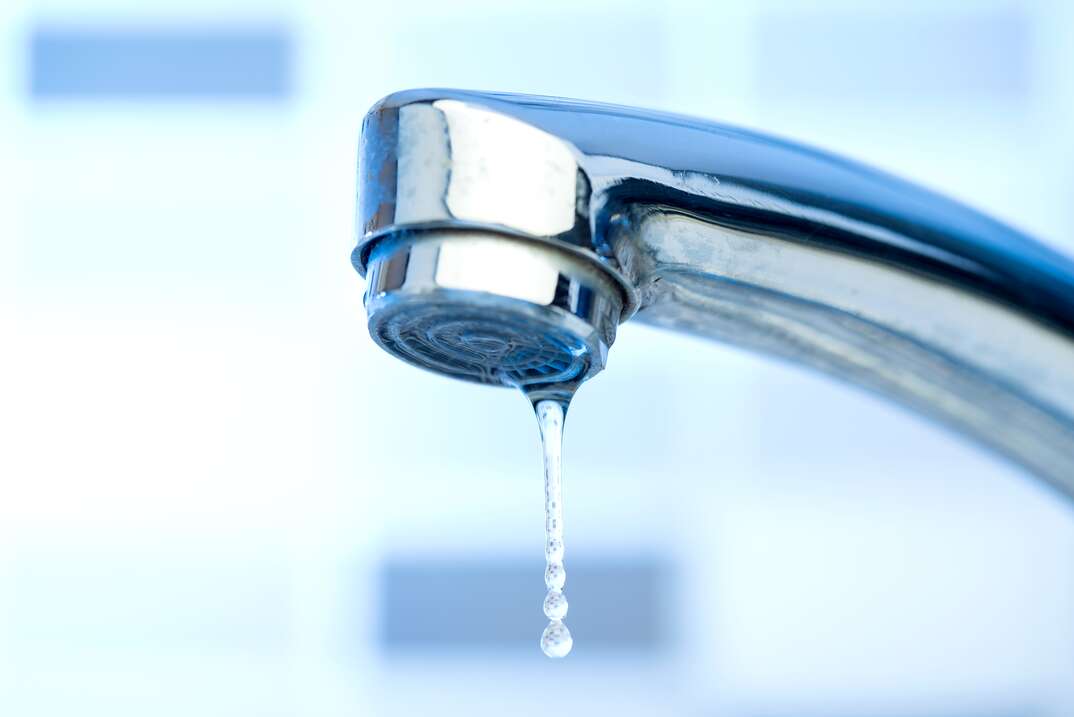
















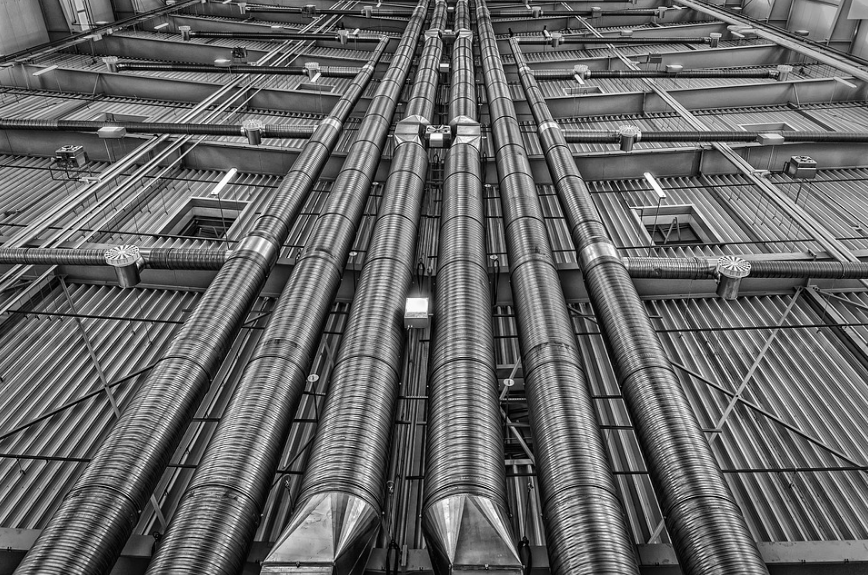







/93097679-56a73c295f9b58b7d0e81657.jpg)
/testing-water-pressure-in-your-home-2718692-hero-98f45508ca5d44b6b551034ac5cedab5.jpg)
:max_bytes(150000):strip_icc()/testing-water-pressure-in-your-home-2718692-04-c37ab3236d0d4b61b87079ebf9ef823e-c1e1ef0104fb44778a287bd9bb5ec140.jpeg)



